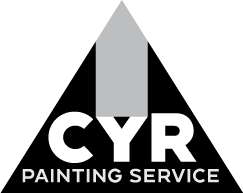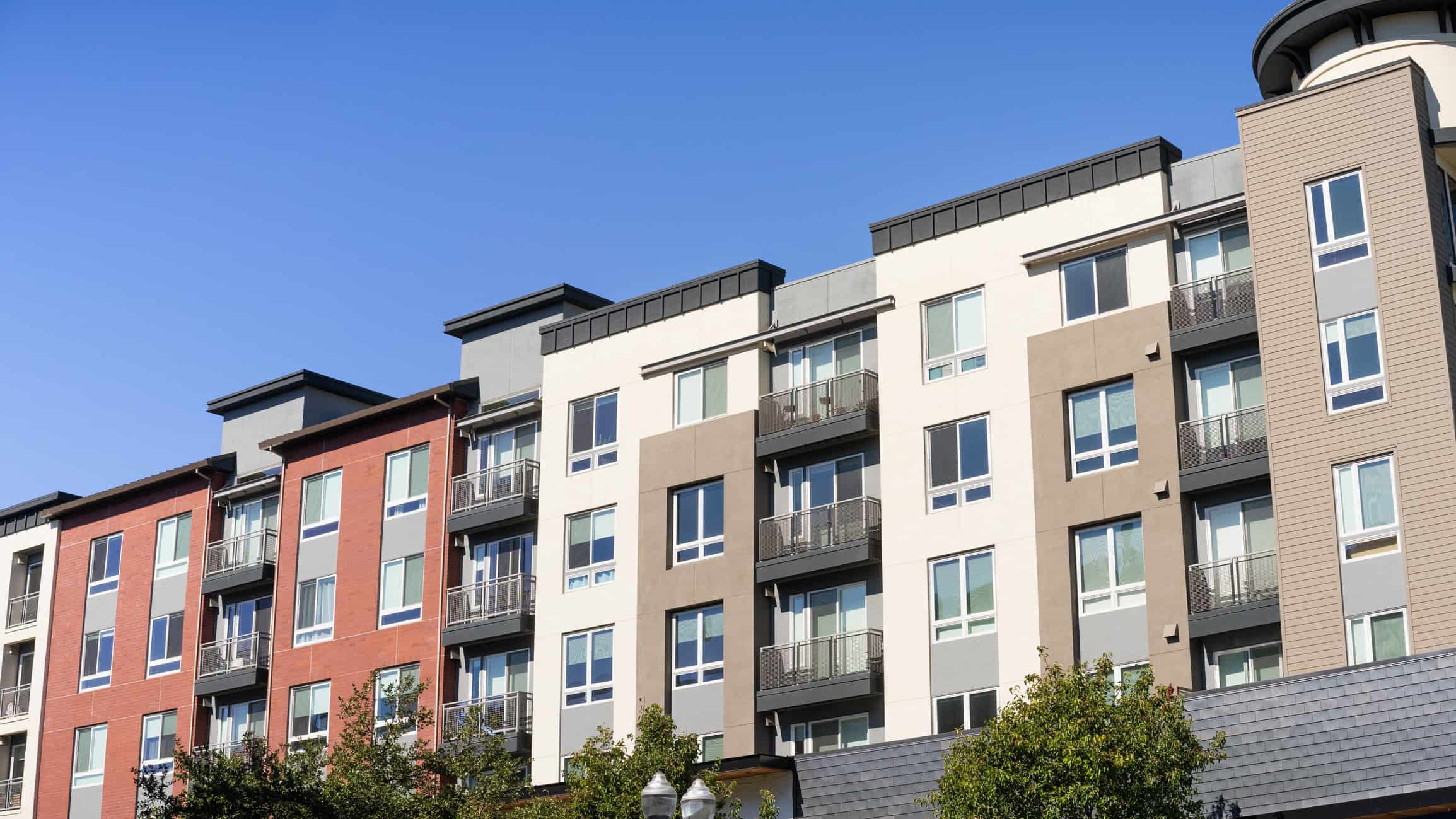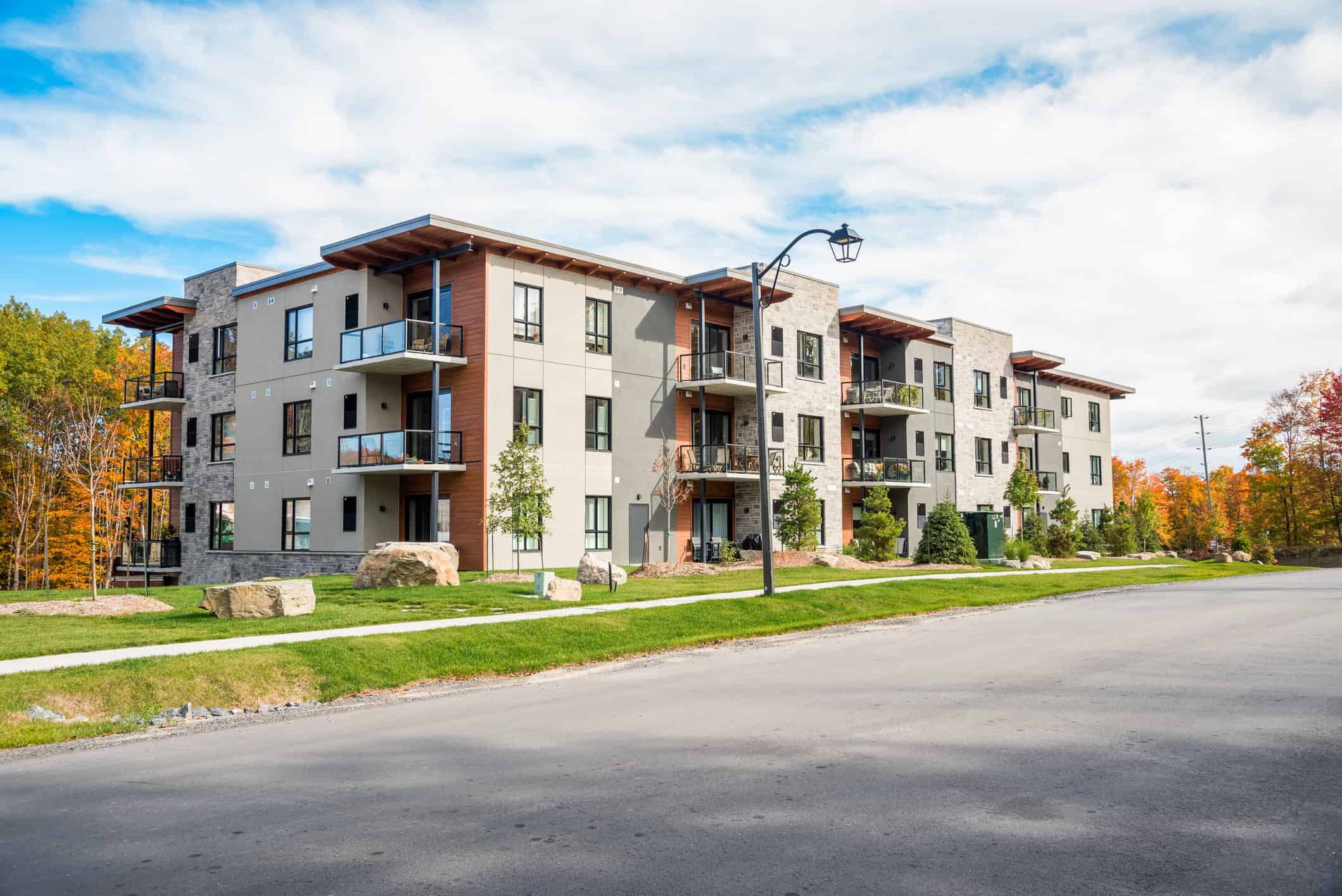Coastal properties are admired for their views—but salt air, high humid conditions, and intense UV exposure punish exterior finishes. In such climates, paint peels, bubbles, stains, or erodes much faster. Frequent repainting becomes costly, and property value suffers.
Yet the solution isn’t always a full repaint—it starts with proper preparation, advanced paint systems, and a proactive maintenance plan. This guide delivers the science behind coastal paint degradation, highlights best-in-class products, outlines professional application and service strategies, and provides a smart upkeep schedule to protect your asset.
Why Coastal and Humid Environments Are Harsh on Paint
Coastal zones combine salt-laden air, fluctuating moisture levels, and powerful UV rays—creating a perfect storm for paint degradation.
Salt Air Exposure
Salt in ocean spray is hygroscopic; it absorbs water and holds moisture against painted surfaces—even on sunny days. Salt ions accelerate corrosion of metal flashings, fasteners, railings, and degrade paint layers.
High Humidity and Moisture Ingress
Consistently high humid levels lead to condensation, blistering, mildew growth, and improper curing of paint. Dew formation at night disrupts drying cycles.
UV Radiation
UV rays break down resin binders in painted surfaces, causing fading, chalking, and reduced film integrity. Darker colors suffer thermo-oxidative degradation faster.
Wind and Sand
Ocean breezes carry fine sand and airborne particles that abrade paint film, exposing uncoated substrate to corrosion and moisture.
Choosing the Right Paint Systems for Humid and Coastal Zones
A high-performance exterior paint system is your first defense against moisture, salinity, insect activity, and UV. Here’s what matters.
Essential Paint Qualities
-
Salt resistance: formulations tested under ASTM B117 (salt-fog)
-
Mildew resistance: embedded biocides (ASTM D3273)
-
UV-stable pigments and resins endure coastal sunlight
-
Flexible film that expands and contracts without cracking
-
Breathable but water-repellant surface – prevents moisture entrapment
Top Paint Products for Coastal Use
| Brand / System | Key Features |
|---|---|
| Benjamin Moore Aura® Ext. | Color-lock pigment tech, mildew-resistant, proprietary UV stabilizers |
| Sherwin-Williams Duration® Ext. | Flexibility for high-moisture zones, antimicrobial, pro-series warranty |
| PPG Permanizer® | Dirt- and salt-resistant acrylic with gloss retention under humid exposure |
| BEHR Marquee® Ext. | One-coat coverage, high UV and weather resistance |
| Dunn-Edwards Evershield® | Custom coast-focused formulation with hydrophobic technology |
Sheen Considerations
-
Satin / Semi-Gloss: easier to clean, repel water
-
Avoid flat or matte without specific exterior flexibility, as they develop mold and chalk faster
Surface Preparation Essentials
Without proper prep, high-end paints won’t last in harsh environments.
Thorough Cleaning
-
Pressure wash at 1,200–1,800 psi to remove salt, mold, grime
-
Use TSP-based or bleach cleaners; rinse twice
-
Allow 72+ hours drying in humid conditions
Repairing Substrates
-
Replace damaged wood, seal cracks in stucco
-
Sandblast or chemically treat rust on metal components
-
Patch concrete pockets and cracks
Critical Primer Selection
| Substrate | Primer Product |
|---|---|
| Wood, composite | Zinsser Bulls Eye 1-2-3® (mildew-resistant, fast-dry) |
| Concrete / stucco | Sherwin-Williams Loxon® Concrete & Masonry Primer |
| General bare wood | Ben Moore Fresh Start® High-Hiding All-Purpose Primer |
Allow primer to cure fully in controlled conditions. In humid coastal areas, time frames may double.
Dry Time & Weather Window
Ideal paint window: 50–85 °F, <70% RH, no rain for 48–72 hours. Avoid morning dew and late sunsets.
Special Substrate Challenges
Each material needs a tailored paint solution in humid climates.
- Wood Siding: Wood swells under humidity and shrinks when dry. Use penetrating primers + flexible, breathable topcoats—like Aura® or Duration®.
- Stucco: Stucco traps moisture unless coated with elastomerics (e.g., Loxon XP®) that fill hairline cracks and repel coastal moisture.
- Metal & Railings: Salt accelerates corrosion. Use rust-inhibitive primers and UV-stable enamel topcoats—Rust-Oleum Rusty Metal Primer plus PPG Enamel.
- Concrete & Masonry: Use breathable acrylic coatings or siloxane sealers. Avoid impermeable coatings that trap moisture behind the film.
Best Practices for Coastal Application
Ideal Conditions
Plan painting during dry seasons or early mornings when humid levels are lowest.
Application Techniques
-
Spray then back-roll for even penetration
-
Apply two coats with a wet edge
-
Maintain wet-film thickness per manufacturer spec
Common Pitfalls
-
Painting over salt residue leads to rapid edge peel
-
Skipping primer: results in adhesion loss and failure
-
Using interior-grade paints labeled for exterior use along the coast underperforms dramatically
Maintenance Schedule and Protective Measures
A proactive schedule ensures long-term protection for painted exteriors.
Annual Wash-Down
Use low-pressure spray and detergent to rinse off salt and debris. Follow with a rinse and gentle drying.
Regular Inspection (Quarterly/Bi-Annual)
Look for bubbling, peeling, chalking, faded coverage, or rust weeping.
Recaulking and Seal Replacement
Replace caulk every 3–5 years. Coastal humidity degrades silicone and acrylic sealants faster.
Repainting Frequency
-
Wood: every 5–7 years
-
Stucco: 7–10 years with proper paint system
-
Metal Railings: touch up annually, full repaint every 5 years
Optional Add‑Ons to Extend Paint Longevity
- Clear Protective Coatings: Use spray-on clear topcoats like Sherwin-Williams H&C® Clear or Seal-Krete® Clear-Seal to add salt and UV resistance over standard paint.
- UV‑Blocking Window Film: Reduces thermal load on adjacent walls and frames, preserving edge paint.
- Proper Drainage: Ensure gutters, downspouts, and grading prevent water from cascading onto walls or siding.
Why Team Up with a Commercial Painting Contractor
DIY won’t cut it in harsh coastal environments.
Experience Matters
Local contractors understand humid microclimates and the right timing for durable results.
Warranties
Factory warranties for Duration® or Aura® often require certified installer application.
Professional Services Provide:
-
Moisture and pH substrate testing
-
Product specification tailored to envelope and exposure
-
Contracted maintenance plans
-
Off-hours application to avoid tenant or guest disruption
Common Concerns and Myths
“Paint on the coast can’t hold for more than three years.”
With proper systems, coastal paint can last up to 10 years.
“Oil-based paints are better for salt air.”
Modern acrylics outperform historically oil-based paints in flexibility, UV resistance, and shrinkage control.
“A single power wash annually is sufficient.”
It’s not enough. Only full preparation and wash-down, primer, and paint guarantee longevity.
“All paint brands are the same.”
Performance specifications vary dramatically. Compare salt spray tests, UV exposure studies, and ASTM data.
Conclusion
Coastal and humid environments present unique challenges, but there’s a clear path to protection. High-performance paint systems combined with thorough prep and an ongoing maintenance plan can lock in years of durability and good looks.
Resists peel, fade, mildew, and salt exposure. Delays costly substrate repairs. Maintains aesthetic value for guests, tenants, and stakeholders. Strategic investment in the right products, weather awareness, and professional application unlocks this value—ensuring your coastal property remains beautiful and resilient.
Need expert help maintaining paintwork on a coastal property? Contact our team for surface analysis, tailored product selection, and climate-aware service plans.




